10 Best Herbal Decoctions For Nerve Pain
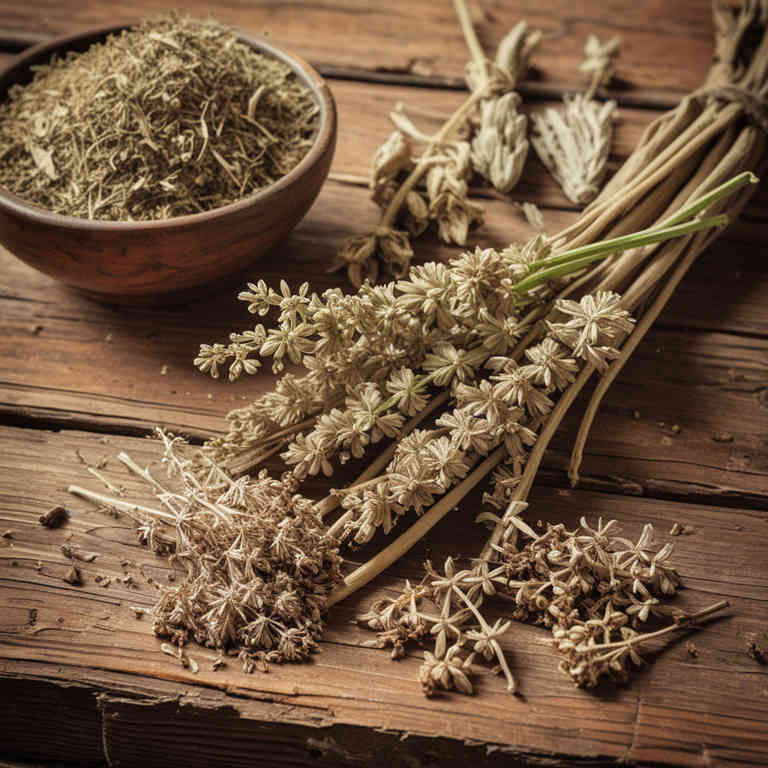
Herbal decoctions have been traditionally used to alleviate nerve pain by leveraging the anti-inflammatory, analgesic, and neuroprotective properties of various plant-based ingredients.
Commonly used herbs include turmeric, ginger, willow bark, and devil's claw, each contributing unique compounds such as curcumin, gingerol, salicin, and harpagoside that target pain pathways and reduce inflammation. These decoctions are typically prepared by simmering the dried herbs in water for an extended period to extract their active components. They are often used as complementary therapies alongside conventional treatments for conditions like neuropathy, sciatica, and fibromyalgia.
However, it is important to consult with a healthcare professional before using herbal decoctions to ensure safety and avoid potential interactions with medications.
FREE Herb Drying Checklist
How to make sure every batch retains maximum flavor, color, and aroma without the risk of mold or over-drying. Eliminate guesswork and trial-and-error, making herb drying faster, easier, and more efficient every time.
Table of Contents
1. Hypericum perforatum
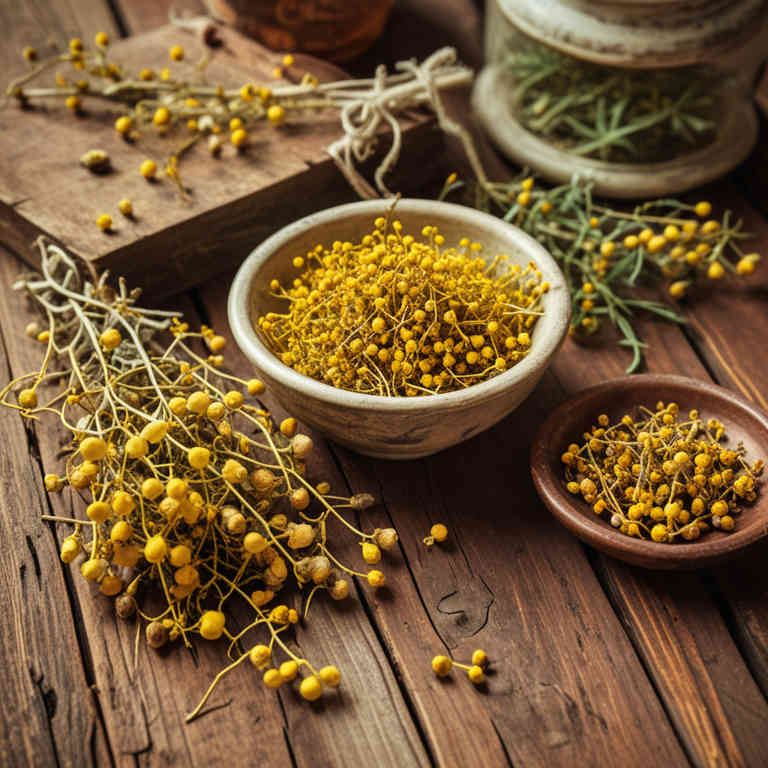
Hypericum perforatum, commonly known as St. John's Wort, has been traditionally used for its potential therapeutic effects on nerve pain.
Herbal decoctions made from the dried leaves and flowers of this plant are often prepared by simmering the plant material in water for an extended period to extract its active compounds. These decoctions are believed to contain compounds such as hypericin and hyperforin, which may have anti-inflammatory and analgesic properties. Studies suggest that St. John's Wort may help alleviate symptoms of neuropathic pain by modulating neurotransmitter activity and reducing oxidative stress.
However, it is important to consult with a healthcare professional before using hypericum perforatum decoctions, as they can interact with various medications and have side effects.
2. Ginkgo biloba

Ginkgo biloba, an ancient tree known for its medicinal properties, has been traditionally used in herbal decoctions to alleviate nerve pain.
These decoctions typically involve simmering the leaves in water to extract bioactive compounds such as flavonoids and terpene lactones, which are believed to have neuroprotective effects. The herbal preparation is thought to improve blood circulation and reduce oxidative stress, both of which may contribute to the relief of neuropathic pain. While some studies suggest potential benefits, more clinical research is needed to confirm its efficacy and safety for chronic nerve pain conditions.
As a complementary therapy, ginkgo biloba decoctions may be used under the guidance of a healthcare professional to support overall nervous system health.
3. Curcuma longa
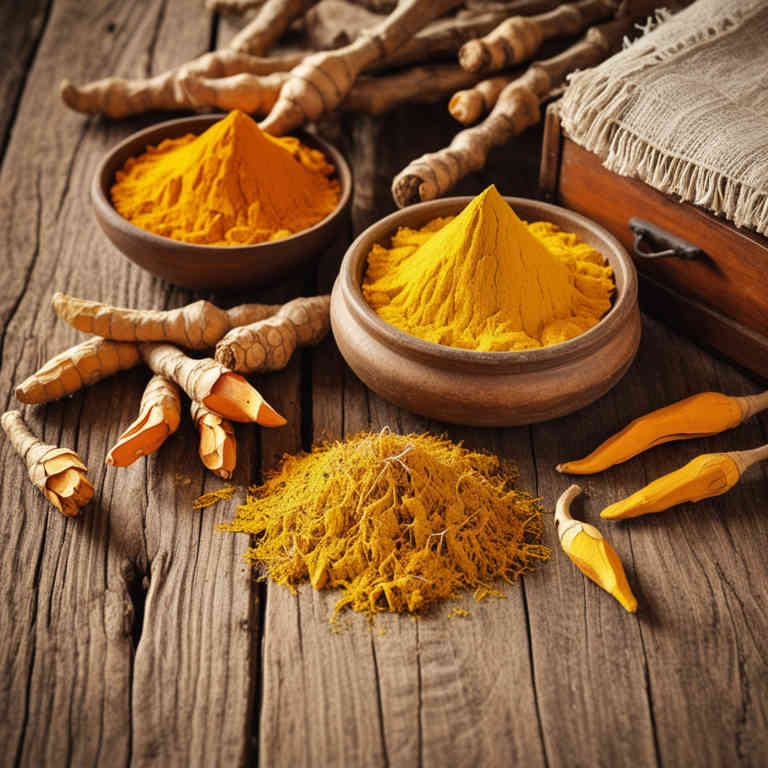
Curcuma longa, commonly known as turmeric, has been traditionally used in herbal medicine for its anti-inflammatory and analgesic properties.
The active compound in turmeric, curcumin, is often extracted and used in decoctions to create a potent remedy for nerve pain. These herbal decoctions are typically prepared by boiling the rhizome in water to release the beneficial compounds. Studies suggest that curcumin may help reduce oxidative stress and inflammation, which are often linked to neuropathic pain.
While curcuma longa decoctions show promise, they should be used under professional guidance to ensure safety and efficacy.
4. Echinacea purpurea

Echinacea purpurea, commonly known as purple coneflower, has been traditionally used in herbal medicine for its potential anti-inflammatory and immunomodulatory properties.
While primarily recognized for its role in supporting immune function, some studies suggest that echinacea may have analgesic effects that could be beneficial for managing nerve pain. Herbal decoctions made from echinacea roots and flowers are often prepared by simmering the plant parts in water, and some practitioners recommend them as a complementary therapy for conditions like neuropathy. However, more rigorous clinical research is needed to confirm its efficacy and safety for nerve pain specifically.
As with any herbal remedy, it is advisable to consult a healthcare professional before using echinacea, especially for individuals with existing health conditions or those taking other medications.
5. Vitex agnus-castus

Vitex agnus-castus, commonly known as chaste tree, has been traditionally used in herbal medicine for its potential neuroprotective and anti-inflammatory properties.
Herbal decoctions made from the berries of Vitex agnus-castius are believed to support nerve health by modulating hormonal balance and reducing oxidative stress, which may contribute to nerve pain. Some studies suggest that the compounds in Vitex, such as flavonoids and lignans, may help alleviate symptoms of neuropathic pain by improving nerve function and reducing inflammation. While more clinical research is needed, many users report relief from conditions like fibromyalgia and diabetic neuropathy when using Vitex-based decoctions.
As with any herbal remedy, it is important to consult a healthcare provider before use, especially for those with existing medical conditions or taking other medications.
6. Zingiber officinale
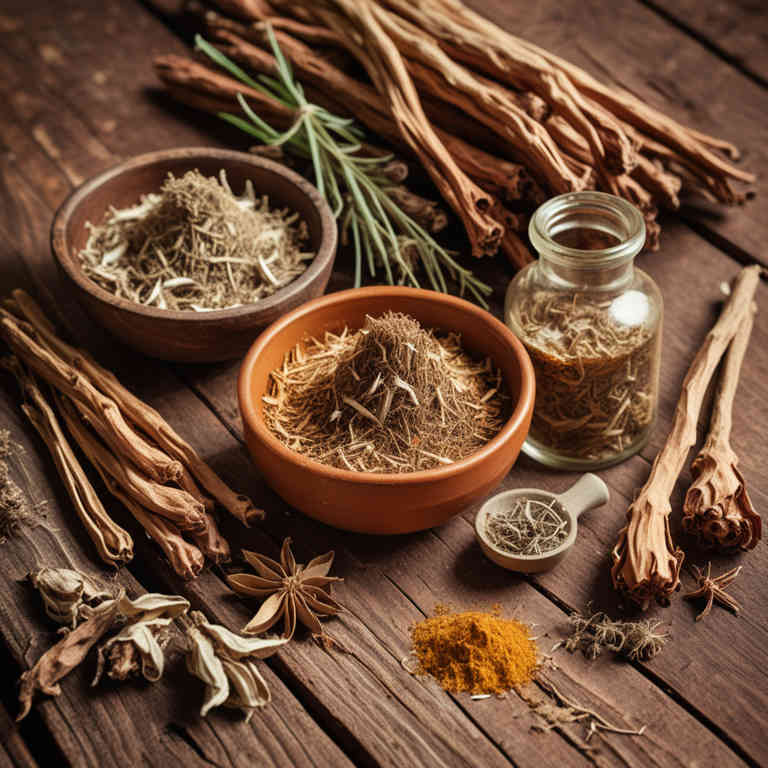
Zingiber officinale, commonly known as ginger, has been traditionally used in herbal medicine for its anti-inflammatory and analgesic properties.
Herbal decoctions made from fresh or dried ginger roots are often prepared by simmering the root in water to extract its active compounds, such as gingerol and shogaol. These decoctions are believed to help alleviate nerve pain by reducing inflammation and improving blood circulation in affected areas. Studies suggest that ginger may modulate inflammatory pathways and inhibit pain-related neurotransmission, making it a promising natural remedy for conditions like neuropathy.
While more research is needed, many individuals use ginger decoctions as a complementary therapy to manage nerve pain alongside conventional treatments.
7. Achillea millefolium
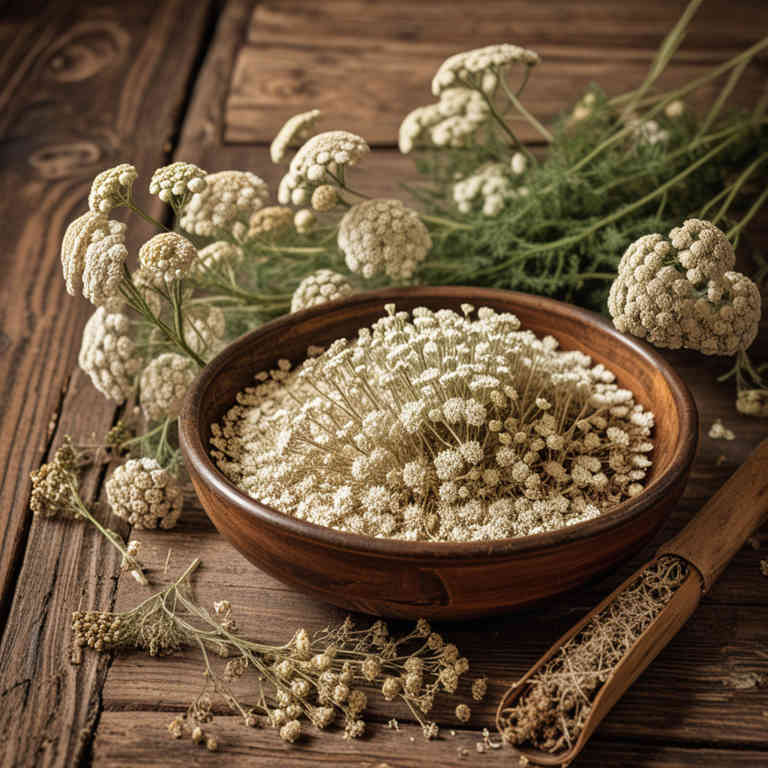
Achillea millefolium, commonly known as yarrow, has been traditionally used in herbal medicine for its potential therapeutic effects on nerve pain.
Herbal decoctions made from the dried aerial parts of this plant are often prepared by simmering the leaves and flowers in water for an extended period, allowing the active compounds to be extracted. These decoctions are believed to possess anti-inflammatory, analgesic, and antispasmodic properties that may help alleviate symptoms of nerve-related conditions such as neuropathy. Some studies suggest that compounds like azulene and flavonoids in yarrow may contribute to its pain-relieving effects by reducing inflammation and modulating nerve signaling.
While more research is needed to fully understand its mechanisms, many individuals use yarrow decoctions as a complementary approach to manage chronic nerve pain.
8. Salvia officinalis
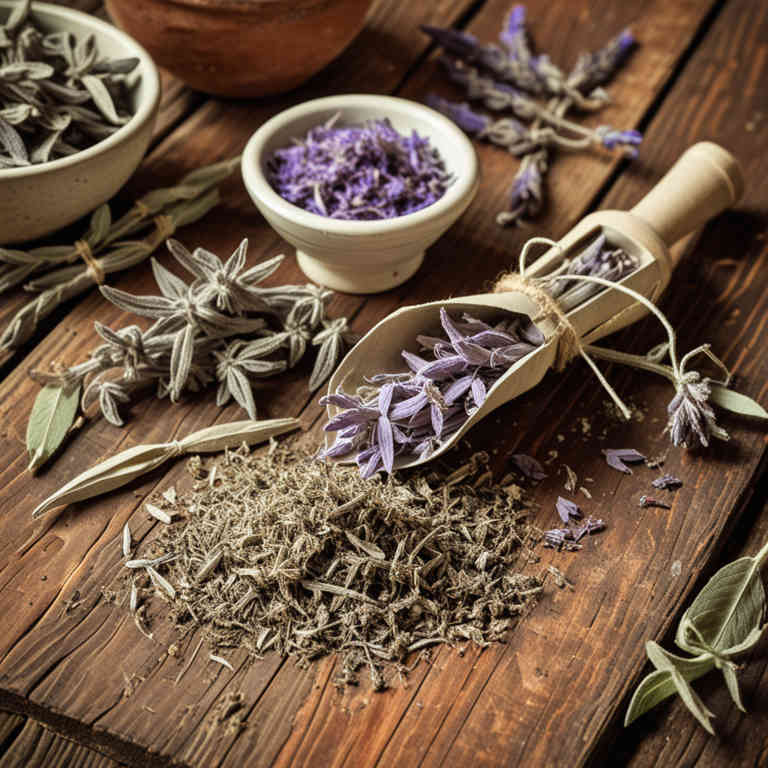
Salvia officinalis, commonly known as sage, has been traditionally used in herbal medicine for its potential therapeutic effects on nerve pain.
Herbal decoctions made from the leaves of salvia officinalis are often prepared by simmering the dried plant material in water, allowing the active compounds to be extracted. These decoctions are believed to possess anti-inflammatory and analgesic properties that may help alleviate symptoms associated with conditions like neuropathy. Some studies suggest that compounds such as rosmarinic acid and flavonoids in sage may contribute to its neuroprotective effects.
However, while anecdotal evidence supports its use, more rigorous scientific research is needed to fully understand its efficacy and safety for treating nerve pain.
9. Urtica dioica
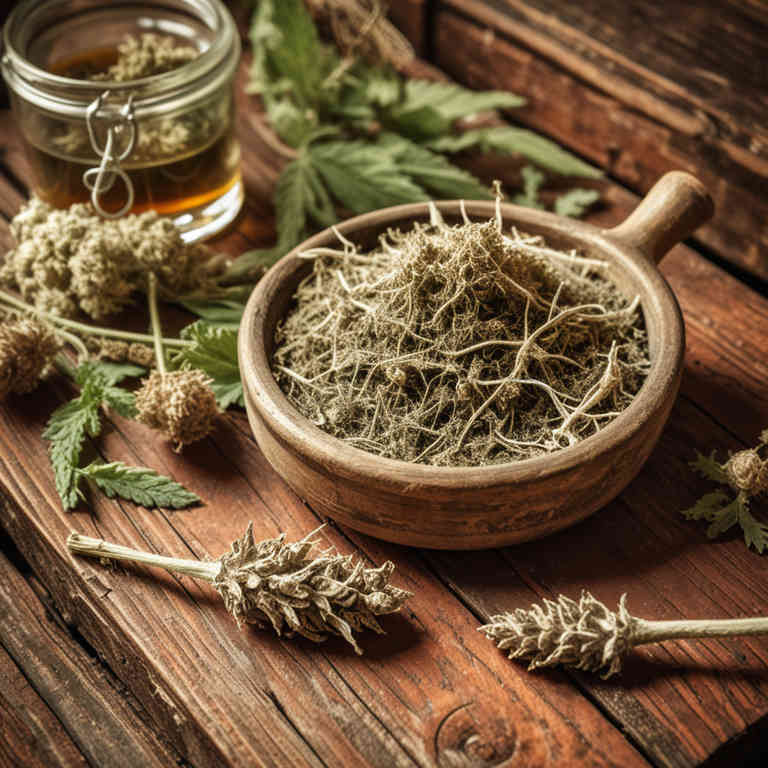
Urtica dioica, commonly known as stinging nettle, has been traditionally used in herbal medicine for its potential therapeutic effects on nerve pain.
When prepared as a decoction, the leaves and stems of Urtica dioica are boiled to extract their bioactive compounds, including flavonoids, phenolic acids, and minerals. These compounds may help reduce inflammation and oxidative stress, which are often associated with neuropathic conditions. Some studies suggest that Urtica dioica decoctions may support nerve health by improving blood circulation and modulating pain signaling pathways.
However, it is important to consult with a healthcare professional before using it for nerve pain, as individual responses and potential interactions can vary.
10. Piper nigrum

Piper nigrum, commonly known as black pepper, has been traditionally used in herbal medicine for its potential therapeutic effects.
Herbal decoctions made from black pepper are believed to possess anti-inflammatory and analgesic properties that may help alleviate nerve pain. The active compound, piperine, is thought to enhance the absorption of other nutrients and may modulate pain signaling pathways in the body. While some studies suggest that piper nigrum may provide relief for neuropathic pain, more clinical research is needed to confirm its efficacy and safety.
As with any herbal remedy, it is advisable to consult a healthcare professional before using black pepper decoctions for nerve pain.